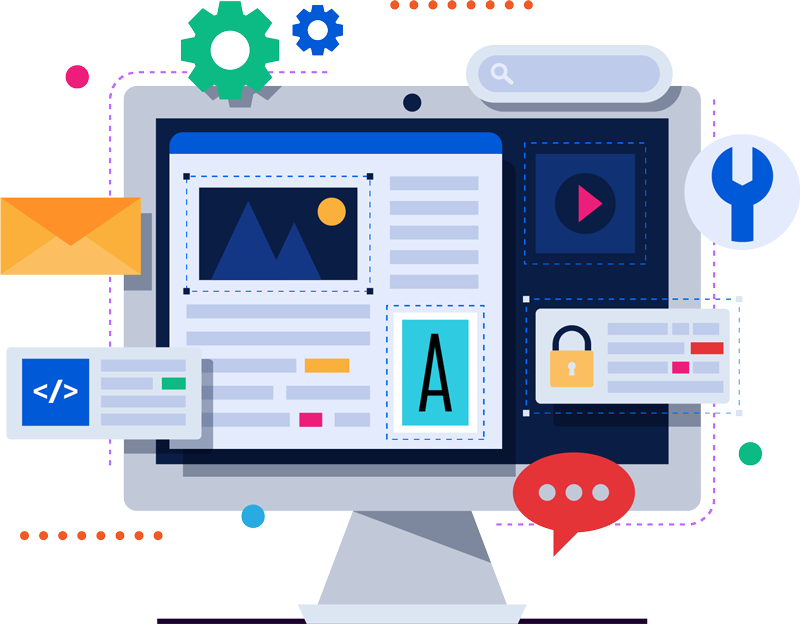NEXT GENERATION INTERNET
ACCESSIBILITY PAGES_
ACCESSIBILITY GUIDELINES
The most used accessibility guidelines in the world are the Web Content Accessibility Guidelines (WCAG). They are used as foundation for many other technologies. The guidelines are divided into four principles for accessibility. To be accessible, your end result should be (source: WCAG2.1):
- Perceivable – users must be able to perceive information that is presented to them. Even if they are blind. For example, if you place an image, be sure to describe this image for persons who are blind.
- Operable – users must be able to operate all elements of an interface.
- Understandable – users must be able to understand the information given by a product and also how to operate the products’ interface elements
- Robust – content must be robust enough that it can be interpreted reliably by a wide variety of user agents, including assistive technologies.


GAMES AND SIMULATIONS:
PLAY AND FEEL
Games and simulations can help you understand and repair accessibility issues.
- Try the online escape room made by students for the Accessibility Foundation: https://accessibilitygame.netlify.app/
- The Web Disability Simulator made by Metamatrix is a Google Chrome extension that simulates different disabilities on a webpage. It is available from the Google Chrome extentions pages.
THE WEB AND MOBILE APPLICATIONS
If you want to start reading about web accessibility immediately: as proud members of the W3C we strongly recommend one of the following interesting links:
- Strategies, standards and resources for an accessible web: https://www.w3.org/WAI/. Depending on your role in the project (developer, manager, editor, etc.) you can select relevant information.
- Getting Started tips for webdesigners:
https://www.w3.org/WAI/tips/designing/ - Preliminary testing for web accessibility:
https://www.w3.org/WAI/test-evaluate/preliminary/ - More in depth and technical testing can be done using axe Dev Tools – Web Accessibility Testing. It is a Google Chrome extension that can be installed from the extension pages.
- If you want to see all tools that can help you test for accessibility, please visit the updated W3C tools page. You can select the sort of tool you are looking for, e.g. to test for color contrast, or for dead links:
https://www.w3.org/WAI/ER/tools/

LEGAL INFORMATION ABOUT ACCESSIBILTY
Most countries have legal requirements for accessibility, both for websites, software and for electronic equipment. But also for the physical environment including roads, buildings, public transport, etc.
- W3C offers a broad overview of worldwide policies regarding digital accessibility. Some include accessibility in a more general sense than just the digital domain: https://www.w3.org/WAI/policies/. HAN is currently updating this resource.

ACKNOWLEDGEMENTS
The HAN activities for NGI0 PET and NGI0 Discovery are part of the special professorship Inclusive Digital Design & Engineering Research Group initiated by HAN University of Applied Sciences, Bartiméus Fonds and Bartiméus.
NGI0 PET and NGI0 Discovery are made possible with financial support from the European Commission‘s Next Generation Internet programme, under the aegis of DG Communications Networks, Content and Technology.
NGI0 PET – This project has received funding from the European Union’s Horizon 2020 research and innovation programme under grant agreement No 825310.
NGI0 Discovery has received funding from the European Union’s Horizon 2020 research and innovation programme under grant agreement No 825322.



